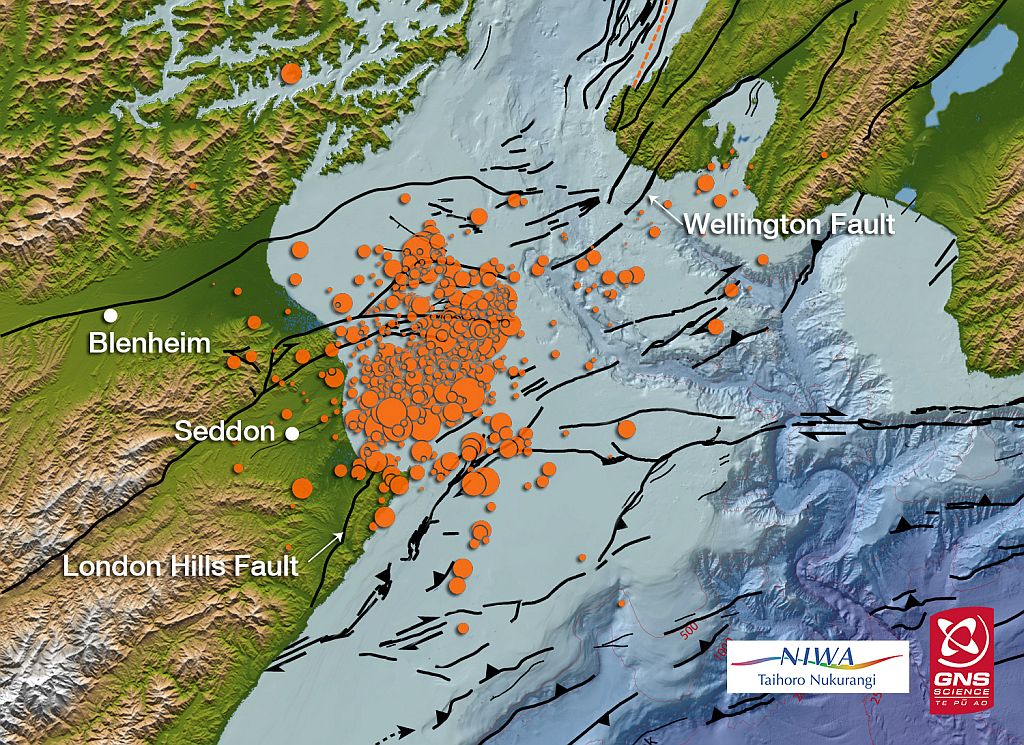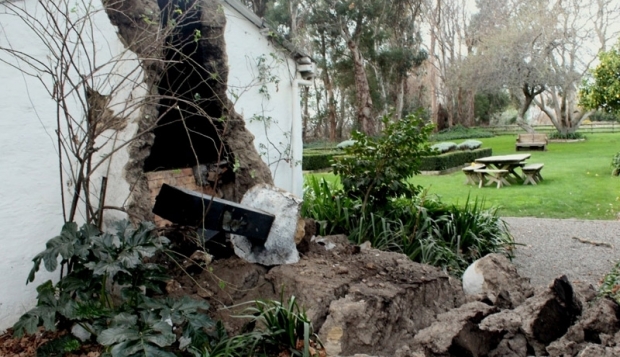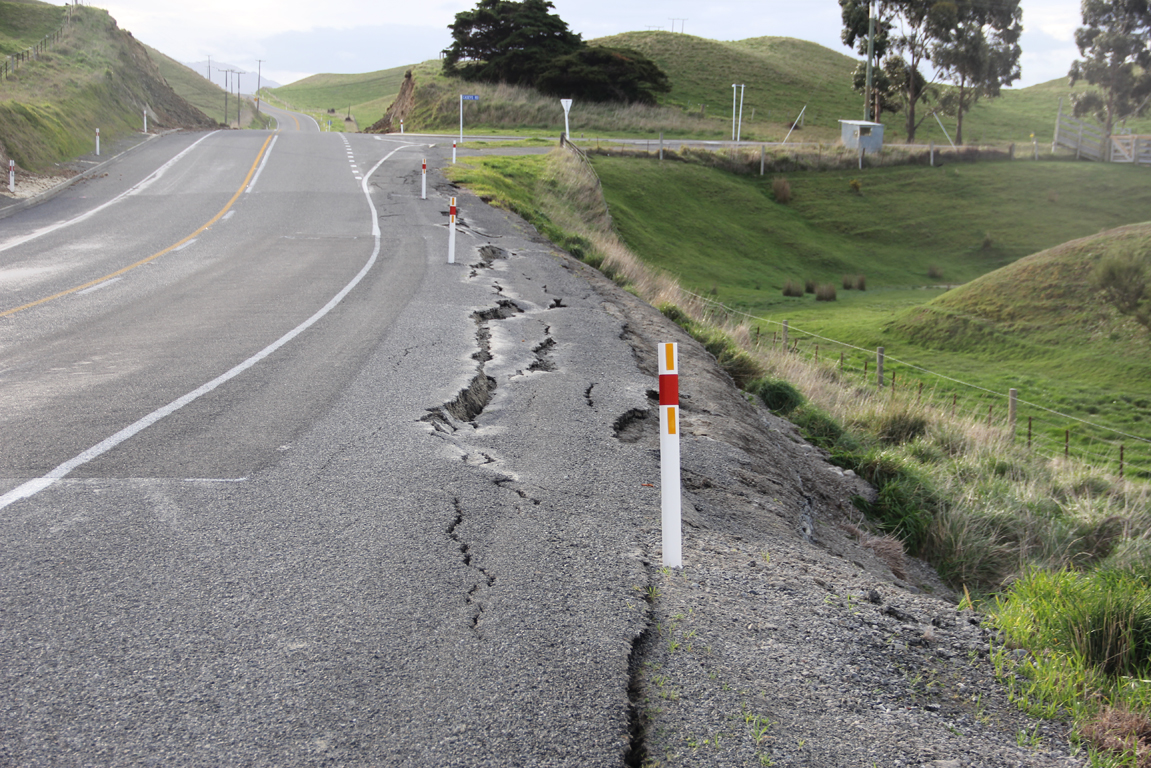You can contact LEARNZ, part of CORE Education, at:
Postal Address:
PO Box 13 678,
Christchurch 8141,
New Zealand
During the Geohazards 2015 field trip you will be looking at geohazards in Marlborough, including earthquakes, tsunami and landslides.
Geohazards are common in Marlborough. The northern end of the Alpine Fault splits into several faults that spread out across this region. There have been some large earthquakes in the region including in 1848 and 2013, and a tsunami in 1855.
Marlborough is geologically active so it is a good place to learn more about geohazards.
In 2013 there was a magnitude 6.5 earthquake known as the Seddon earthquake:
The quake caused damage in the Marlborough area, and 55 kilometres away in Wellington. Only minor injuries were reported. Several aftershocks occurred during 21–29 July.
The Seddon earthquake is linked to a second major earthquake which occurred on 16 August known as the Lake Grassmere earthquake.
This earthquake had a magnitude of 6.6. The epicentre was located about 10km south-east of Seddon, under Lake Grassmere, at a depth of 8km.
This earthquake caused;
The earthquake was widely felt in both the North and South Islands of New Zealand.
In Wellington, the earthquake caused minor damage to buildings.
Marlborough also has active landslides.
Marlborough has been affected by tsunami in the past. In 1855 the Wairarapa earthquake, near Wellington caused a tsunami with a wave height of 4-5 metres along the Marlborough coast.

,Marlborough is a geologically active area with several active fault lines. Image: Niwa & GNS Science.

,The 2013 Seddon earthquake caused damage to some houses in the area. Can you find out how widespread this damage was? Image: Public Domain.

There was significant land damage caused by the Lake Grassmere earthquake which was part of the Cook Strait sequence of quakes in 2013. Image: Peter Hamill.
Find out about the geohazards that exist in your own local area and compare them with Marlborough.